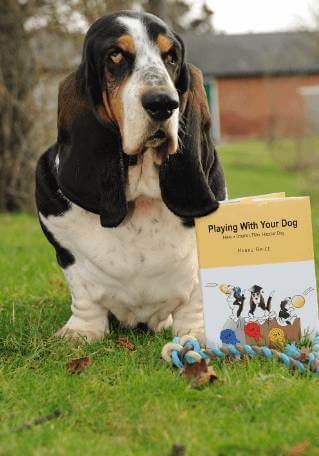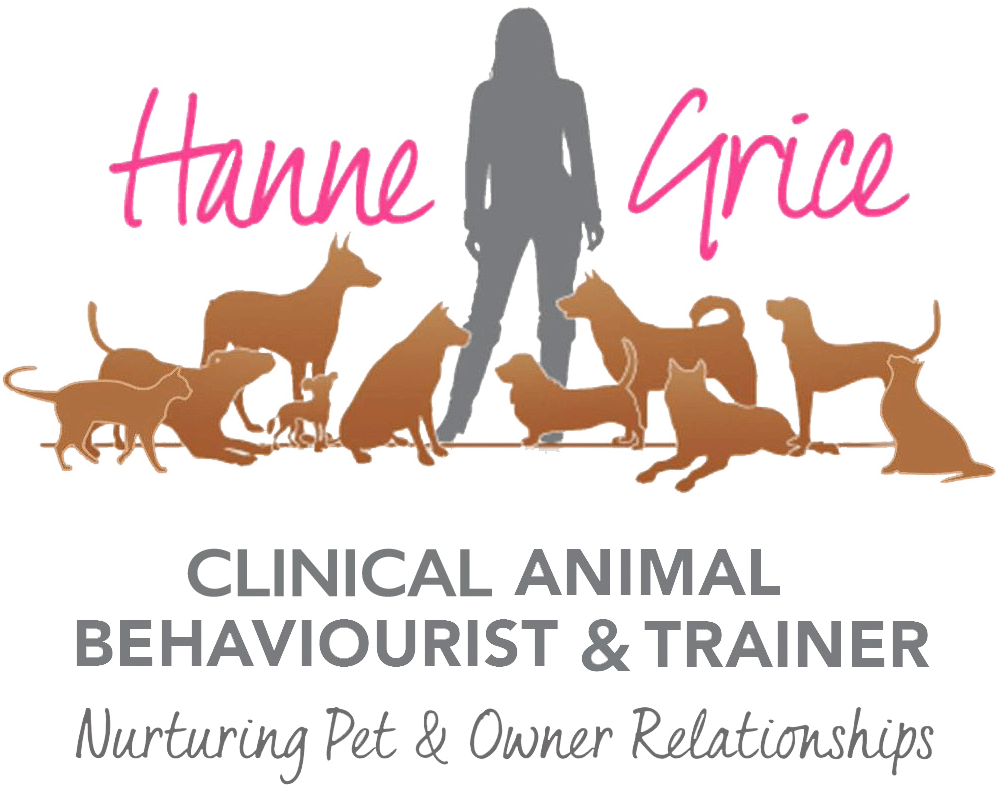
This season can often be a worrying time for an owner whose dog has a fear of noise. Celebrations such as Halloween, Diwali, and Bonfire Night bring along the sights and sounds of fireworks. So, here are some tips to help your dog cope.
Fear of noises – on the night
- Ensure your dog has a great walk before it gets dark (when typically fireworks may start), and away from areas that you know there may be displays taking place. Remember, have your dog’s collar and ID tag on, and ensure microchip details are up-to-date in case your dog is suddenly frightened by a noise and runs off.
- Secure your garden. Check during daylight hours that there are no holes your dog could escape through, should he suddenly by surprised by a firework while out in the garden for his evening pee or poo. To be safe, pop him on a lead and go out with your dog to keep him company – and ensure you go out once all noises have ceased.
- Give your dog a meal that’s high in complex carbohydrate – e.g. sweet potato mash, as this creates a full and contented stomach (creating a similar feeling to what you may experience having eaten a scrummy roast dinner).
- Stay with your dog. If you know your dog is sensitive to sound, then stay home with your pet.
- Create a ‘safe place’ for your dog. This should be a space that is away from busy areas and your dog has free access to. Make this area as cosy as possible, pop an old t-shirt you have slept in onto the dog’s bed and shut the curtains or blinds.
- Use calming properties. Pop a dab of lavender oil under your dog’s collar (where the collar touches the nape of his neck) or get a Dog Appeasing Pheromone plug-in or spray and use this in the ‘safe’ place. (See below for recommended holistic approaches).
- Turn on the TV or pop on the radio (such as Classic FM) in the ‘safe’ place.
- Show your dog there is nothing to fear. That means how you behave is important – act ‘up beat’ and give your dog lots of gentle praise and reward him calmly for responding to your behaviour.
- Keep your dog’s mind and body active. Playing with your dog helps promote the secretion of ‘happy hormones’. Scent games, working on tricks or providing puzzle food toys will all help keep your pet’s mind occupied. See Playing With Your Dog for enrichment ideas.
- Never grab, shout at or attempt to pull your dog out of a hiding place. If your dog chooses to go under a table or behind the sofa, then leave him alone. The dog will eventually come out but this has to be by his own choice to avoid any potential unwanted escalation of behaviour.
Preparing your dog – desensitising to sound
If you have a dog that has noise phobias, particularly fireworks, then preparation is key. Enlist the help of a certified behaviourist who can help you work through a programme of gentle exposure to sound, taking a positive and systematic approach. Start this as early as possible in the calendar year to maximise the benefits as Autumn/Winter approaches – a time when, traditionally, we tend to celebrate with the letting off of fireworks.
If your dog has severe phobias to sound, then speak to your veterinary surgeon, as prescribed medication may be required to help your dog cope. Anxiolytics can work well when combined with a Behaviour Modification Plan.
Holistic care and approaches
There are some holistic approaches that may help. For example, some advocate the use of herbal remedies to help calm our pets and this can include herbs and plants such as camomile, lavender, Valerian Root to name a few. However, it is important to note that there is no substitute for proper veterinary attention where health is concerned, and where health is not an issue then natural flower essences can be an asset when dealing with some fearful dogs.
See below for my recommendations of holistic care and approaches.
- D.A.P – dog appeasing pheromone. Available as a spray, plug-in or pet collar and can be purchased online or from your vets. Each release ‘appeasing’ pheromones that mimic those given off from a lactating female, a function designed to reassure her offspring. Research has shown that these reassuring properties persist even into the adult stage. D.A.P helps comfort puppies and dogs in situations they may find worrying or which make them apprehensive (visitors, strangers, vet visits, firework seasons, novel and unpredictable situations).
- Dr Bach Rescue Remedy’ ‘, ‘Bach Mimulus’ or ‘Bach Rock Rose’. These solutions are an alternative option to pharmaceuticals and can be added to your pet’s drinking water or food. Available from most good health shops. For pets, in general add 4 drops to 1oz of purified water. Changes may be seen within approximately five days. There are no known side effects and cannot create overdoses.
- Lavender oil under the dog’s collar also is a good way to promote calmness.
- Thundershirt/anxiety wraps. Use the Thundershirt for any noise anxiety, car or travel anxiety, any excitability, crate anxiety, reactivity, general fearfulness, panting, shaking, scratching and more. Thundershirt’s design applies a gentle and constant pressure that produces a dramatic, calming effect for over 80% of dogs. Make sure you introduce your dog to the Thundershirt gently, pairing with yummy treats etc, to create a positive association with the garment.
- Massage therapy. Practices including Tellington Touch, Galen, Canine Touch and Bowen manipulate the muscles and can improve moods. It is a preventative treatment and focuses on body mechanics.
- Dog ear defenders. Not so much a ‘holistic approach’ but these cover the dog’s ears to mute the sound. As with the Thundershirt, if you were using something like this, you will need to get your dog used to wearing the defenders before introducing any sounds – and certainly before the firework season begins.
- Happy hoody. A less expensive option than the ear defenders – these look like a snood you’d wear on a cold day and can help reduce noise. Again, as per the ear defenders or anxiety wraps, train your dog to wear these long before you need them during the fireworks season so they are comfortable to wear these.
Early warning stress signals to look out for
Dogs communicate all the time through a number or visual, vocal and scenting cues. While we cannot appreciate their amazing olfactory system, we can learn to ‘look’ for the early warning signs that our pet is feeling uneasy, stressed or anxious and the context to which these are happening, then do something about it to help our dog. Some typical signs of stress include:
- Lip lick and nose licking
- Panting and or salivating
- Pacing
- Sweating through the paws
- Whining/Whimpering
- Standing crouched
- Tail tucked under
- Creeping away
- Stiffening
- Dilated pupils
- Barking
- Shake off (as if the dog was wet)
Avoid touching your dog when he is in a highly stressed state, as he may mouth or bite due to his fearful behaviour.
If you are struggling to cope with a fearful pet, do get in touch.
Learn more about our classes

Get Hanne's book, clothing and more
Hanne has a number of publications including her book Playing With Your Dog to help owners work out the games that are best suited for their pet to play throughout his life, from puppyhood to old age, available from Amazon. Check out Hanne's range of contemporary casuals The Collection – for pet lovers made from recyclable, organic materials that are sustainably sourced.

